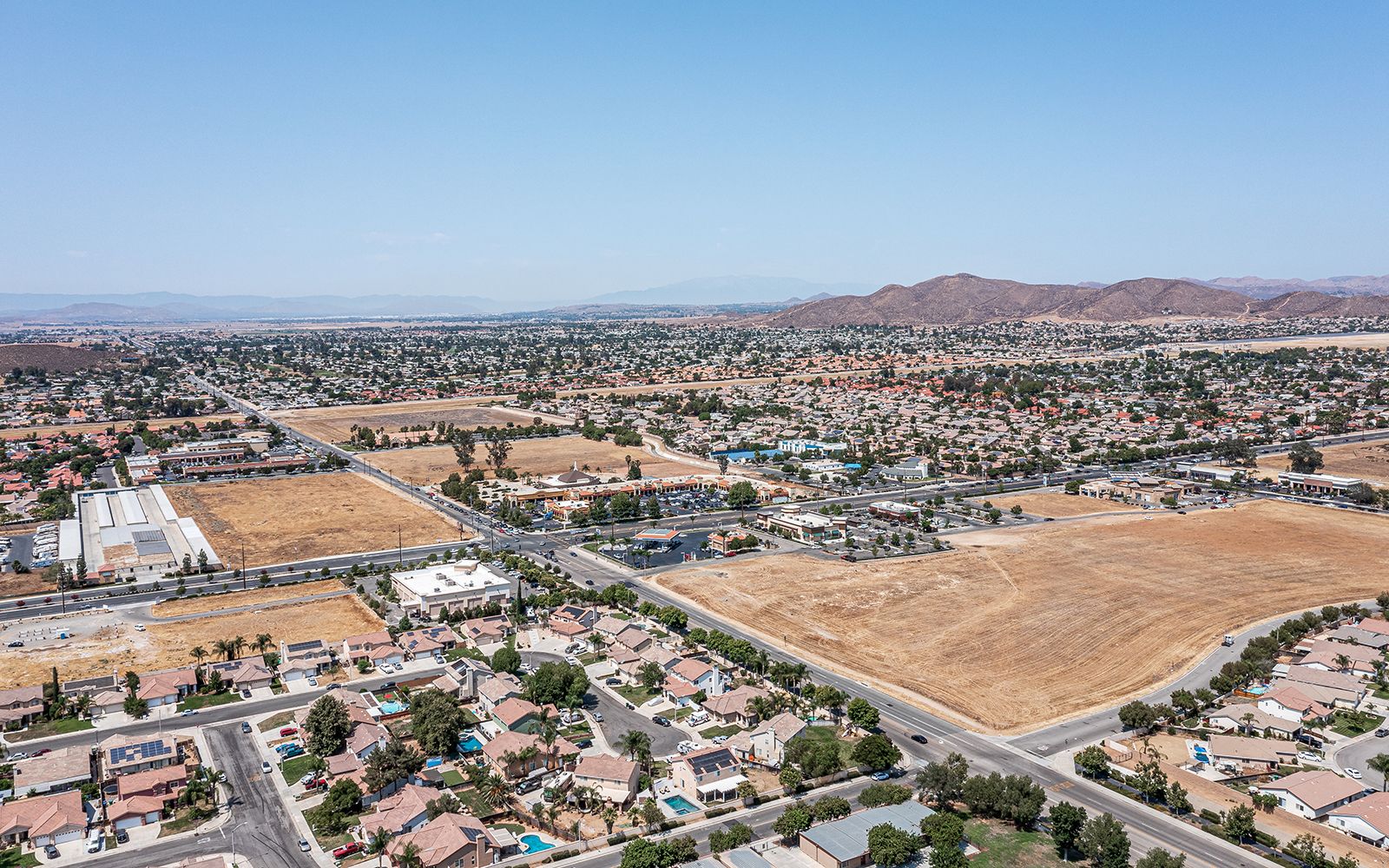Leadership
A Deep Dive On New Housing's Shortage Tells Part Of The Story
Is there a housing shortage? Let us count the ways. Let's also focus more on who exactly would benefit from solutions to the underbuilding crisis.

Reading another of Brian Potter's Construction Physics pieces, this one asking "Is There A Housing Shortage or Not?" proved something to me as a not-so-unbiased participant reporting on, challenging, and cheering people who make homes, neighborhoods, and make money doing it.
Potter's piece – every one of his methodical, searching, evidence rich and data-supported analyses on building technology, construction process, materials science, enterprise modeling, etc. – is, to me both valuable and virtuosic in focus, precision, and rigor.
This one, as they all do, reaches conclusions, some commonly understood and others less widely recognized. The piece is particularly compelling as it plumbs correlations between existing housing and new construction rates versus population patterns and pricing. Here are seven conclusions Potter highlights in summing up a series of queries into the economic literature, ratios, and relationships of current, new, and planned owned- and rented residential development and construction tied to population, households, geographical mobility, and local economics.
- Evidence suggests the US is short several million housing units. This shortage currently shows up as a historically low vacancy rate, which makes it harder to find a home to rent/purchase and drives housing prices up.
- Changes in vacancy rate is reasonably predictive of changes in housing prices within a metro area. Average vacancy rate is less good at predicting price changes between metro areas (though it’s still better than most other metrics.)
- We don’t see much evidence that a mismatch between population growth and housing construction is responsible for housing price increases, though we’re very far from being able to rule this out.
- We see a very strong correlation between land use restrictions and rental rates, at least as of 2019.
- There’s a reasonable amount of evidence that housing prices tend to adjust to match regional incomes.
- In general, housing trends are largely driven by a small number of outlier metros. In particular, Bay Area metros are housing trend outliers, and will give the appearance of stronger trends than actually exist if you just look at a small number of metro areas that includes them.
- Because of changing trends (lower immigration and population growth, homes being kept in service for longer, a slowing of the rate of change of average household size) current rates of homebuilding can’t be compared to historic rates of homebuilding.
Funny, though, while the conclusions Potter reaches are ones that make sense and square with disciplined and valid framing and focus on the original question – "Is There A Housing Shortage or Not?" – there's something in this factual landing point that leaves me short.
The conclusions – for what they are as byproducts of sound economic reasoning and analysis – aren't the same, nor as helpful as answers.
When private sector investment and real estate business people, and local and non-local policymakers, and economists, and people in households say the words "housing shortage," they're in parallel reality conversations, and for a reason.
Economic and demographic "supply" conveys a whole other world of meaning than the one a young adult couple looking to locate to start a family in balance with careers and lifestyle interests.
Economic and demographic "demand" and need for shelter, or pursuit of economic mobility, or living in the home of one's dreams.
A bridge from the conclusions Potter's masterful data analysis reaches to the answers private sector business investment strategists are lying awake trying to detect, decipher, and manage to in days that are swaying, and jerking, and spinning with uncertainties, a constant stream of new obstacles, the differences between enough, not enough, and too many current and new homes come down to an amalgam or black-box matrix of economics, policy, households, private enterprise, financial investment, and technologies.
They don't roll-up in a single stack because interests in each domain may compete, conflict, or align all at once or at different times.
The better question – from the bias of wanting answers for what's next for a business community of people whose livelihoods stem from work to make more new homes and communities for people who clamor for them – concerns the present and near- and long-term future opportunity for the private sector to create value for principals, shareholders, capital providers, customers, trade partners, local merchants, up and down the value stream that meets a need.
Shortage comes into play when the forces on either side of the need being met steepen a mismatch between those who produce and those who have the desire and but may or may not have the means to purchase.
When a healthy U.S. economy assumes channeling people along a continuum of economic, educational, social, financial mobility, housing – and enough of it to secure continuation of that ongoing continuum – a lack of that kind of housing opportunity factors in as a shortage.
In other words, enough may not be enough.
Join the conversation
MORE IN Leadership
Pulte’s Q3 Signals Strategic Path Ahead For Homebuilders
A bellwether for the U.S. homebuilding industry, Pulte’s strategy of geographic focus, customer segmentation, and operational efficiency offers key insights for leaders in high-volume homebuilding.
Flashpoint: Builders Can Lead The Way Out Of The Housing Crisis
With decades of wisdom, trusted relationships, and next-gen energy, data, and tech-powered team members, U.S. homebuilding leaders must harness combined strengths to meet today's housing challenges.
Builder Confidence Rises, But Economic Storm Clouds Hover
Optimism for 2025 grows, but affordability, rising insurance costs, and volatile market signals demand sharper focus. Stay closer than ever to your customer.
